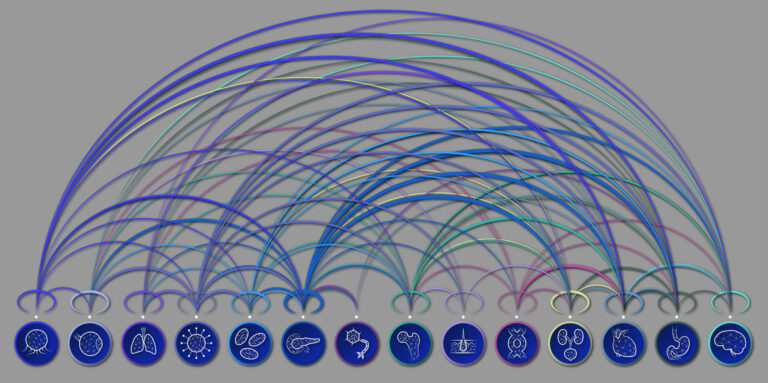Computer Science
Exploring artificial biosynthesis
Metabolic route explorer helps to optimize the pathways for artificial biosynthesis of valuable products.


The metabolic route explorer software could improve artificial biosynthesis.
© 2016 Alamy D4WA2J
Artificial synthesis of natural products for medical and commercial use could be improved with new software developed by KAUST researchers. The system, called metabolic route explorer (MRE), is designed to optimize heterologous biosynthesis pathways by taking into account more information than existing software1.
In heterologous biosynthesis, organisms such as yeast and bacteria are genetically engineered to produce high quantities of specific products that are of medical or commercial value.
“The production of antimalarial drugs in baker’s yeast and the production of spider silk in Escherichia coli are examples,” explains Xin Gao from the KAUST Computational Bioscience Research Center, who led the new work.
Software can be used to design the most appropriate synthetic pathways for heterologous biosynthesis, but existing systems do not take into account the possibility of unwanted interactions between the host organism’s own metabolic machinery and the elements introduced by engineering. As a result, the pathways suggested by these systems may be suboptimal or, in some cases, impossible.
Gao and colleagues developed MRE to address this problem. “For a given pair of starting and desired compounds in a given host organism, MRE ranks biosynthesis routes by predicting the effects of integrating new reactions into the endogenous metabolic system of the host,” Gao says.
The researchers analyzed the performance of MRE in case studies of several high-value products that are already produced with heterologous biosynthesis.
One case study was the production of naringenin, an antioxidant and antiviral against hepatitis C. MRE outperformed several other programs to rank the currently used biosynthesis pathway as the best. Furthermore, it was the only system to reveal a bottleneck in this pathway, presenting an opportunity for optimization.
In another example, the pathway that MRE ranked to be the highest for production of artemisinic acid—a precursor to the antimalarial drug artemisinin—was slightly different and more energy-efficient than the currently used synthesis route.
Not only does MRE outperform other software in identifying optimal pathways, but its design offers another advantage: many existing systems suggest pathways that involve enzymes or proteins that do not exist naturally, but need to be synthesized, and MRE gets around this problem, too.
“MRE was developed to suggest existing enzymes that can be used for heterologous pathways, so it takes a bottom-up approach in which the biosynthesis pathway is designed with well-characterized metabolic elements,” says Gao. “The system is expected to offer novel insights into the design and optimization of heterologous biosynthesis systems.”
References
-
Kuwahara, H., Alazmi, M., Cui, X. & Gao, X. MRE: a web tool to suggest foreign enzymes for the biosynthesis pathway design with competing endogenous reactions in mind. Nucleic Acids Research 44, W217-W225 (2016).| article
You might also like

Computer Science
Sweat-sniffing sensor could make workouts smarter

Computer Science
A blindfold approach improves machine learning privacy

Computer Science
AI tool maps hidden links between diseases

Bioscience
The theory of everything that wasn’t

Computer Science
A new path to high-efficiency micro-LEDs

Computer Science
Cyclones meet their mathematical match

Applied Physics
Onward and upward to smaller faster devices

Computer Science



